Strength training has amazing benefits, especially as we age
Stuart Phillips is a professor of kinesiology at McMaster University and Canada Research Chair in Skeletal Muscle Health in Aging .
Everyone agrees that physical exercise is good for your health. Among its many benefits, we can note the improvement of heart and brain functions, weight regulation, slowing down the effects of aging and reducing the risks of suffering from several chronic diseases .
However, for too long, it has been assumed that one way of keeping fit, through aerobic exercise, was superior to the other, through strength training, for promoting health. In reality, both are equally valid and can both help us achieve the same goal, which is to be in good general physical shape.
Aerobic exercises, such as running, swimming, and cycling, are popular because they are very beneficial. There is plenty of scientific evidence to support this.
What’s less well known is that strength training—whether with dumbbells, weight machines, or simple push-ups, lunges, and pull-ups—works about as well as aerobic exercise for every important aspect of health, including cardiovascular health.
Strength training offers another benefit: building strength and power, which becomes increasingly important as we age . As my colleagues and I explain in a recent article published by the American College of Sports Medicine, building and maintaining muscle strength helps us get up from a chair easily, maintain our balance and posture, and boost our metabolism.
So if aerobic exercise and strength training provide about the same amount of benefit, how come we see so many more runners and cyclists than weightlifters?
What is the best physical activity for seniors?
The preference for aerobic exercise can be traced back to the Cooper Center Longitudinal Study , which was instrumental in demonstrating the effectiveness of this type of training. Dr. Ken Cooper coined—or at least popularized—the term with his book Aerobics , urging desk-bound baby boomers to exercise to get in shape.
During this time, there was a lack of interest in bodybuilding, especially among women , due to the misconception that this type of training was reserved for men who aspire to be super muscular. Charles Atlas , does that ring a bell?
Cultural influences have solidified the dominance of aerobic exercise in fitness. In 1977, Jim Fixx popularized running and jogging with the publication of Jogging: The Complete Workout for Better Living . In the 1980s, Jane Fonda’s Complete Workout video and exercise shows such as Aerobicise and 20 Minute Workout helped reinforce the idea that to exercise, one must increase one’s heart rate.
The word “aerobics,” once confined to the lexicon of science and medicine, entered popular culture around the same time as leg warmers, sweatpants, and sweatbands. Many people found it logical to think that breathing hard and sweating during a long, vigorous workout was the best way to get in shape.
Recognizing the merit of muscle exercises
If aerobics is the hare, strength training is the tortoise. Weight training is now closing in on its rival and is poised to overtake it, as athletes and ordinary people alike recognize its value.
Bodybuilding has only become popular in the last 20 years, even for top athletes. Today, it strengthens the body and extends the careers of soccer and tennis players, golfers and many other athletes .
The growing interest in strength training owes much to CrossFit , which, despite some controversy, has helped break stereotypes and introduce many people, especially women, to the practice of bodybuilding.
It’s important to know that strength training doesn’t necessarily build muscle or require heavy lifting. As our team’s research has shown, lifting light weights to the point of failure over multiple sets provides real benefits .
Strength and aging
The benefits of strength training aren’t limited to improved strength. It offers an aspect often overlooked in traditional aerobic training: the ability to exert force quickly, or what’s known as power. As we age, activities of daily living such as standing up, sitting down, and climbing stairs require more strength and power than cardiovascular endurance.
Thus, strength training can be essential to maintaining the body’s autonomy and overall functionality.

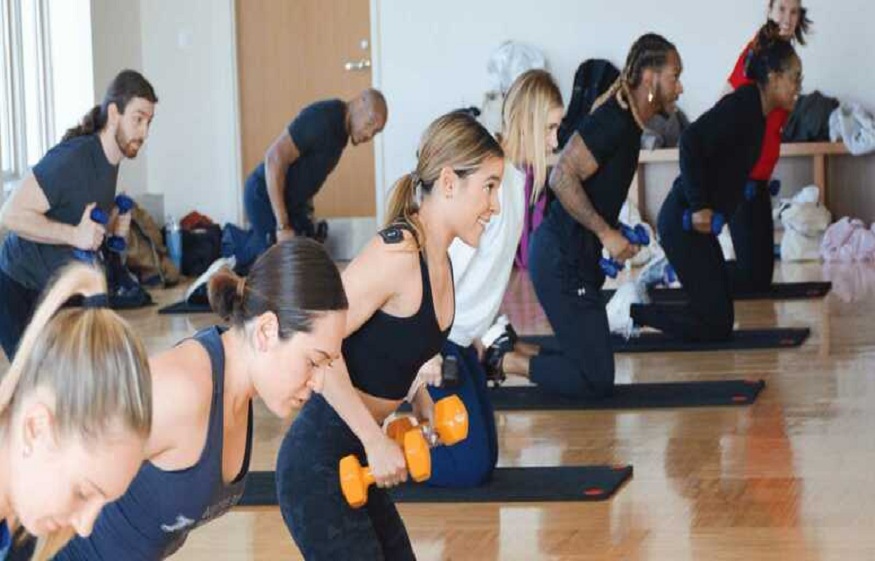
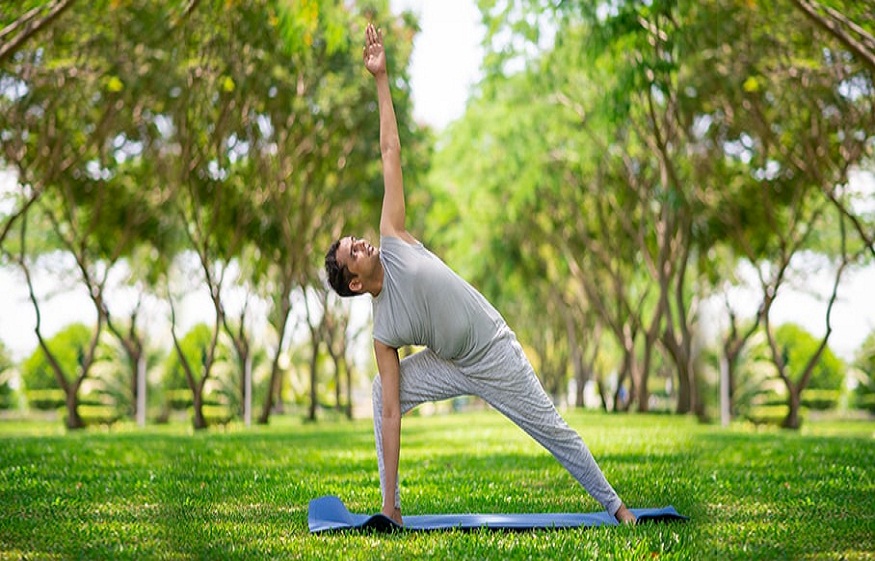


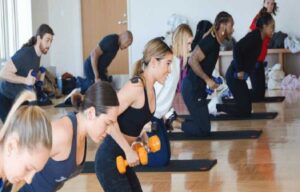
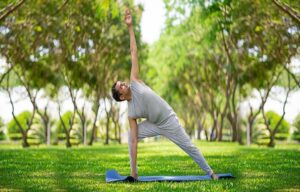




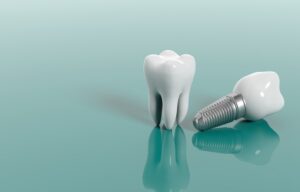

Post Comment
You must be logged in to post a comment.